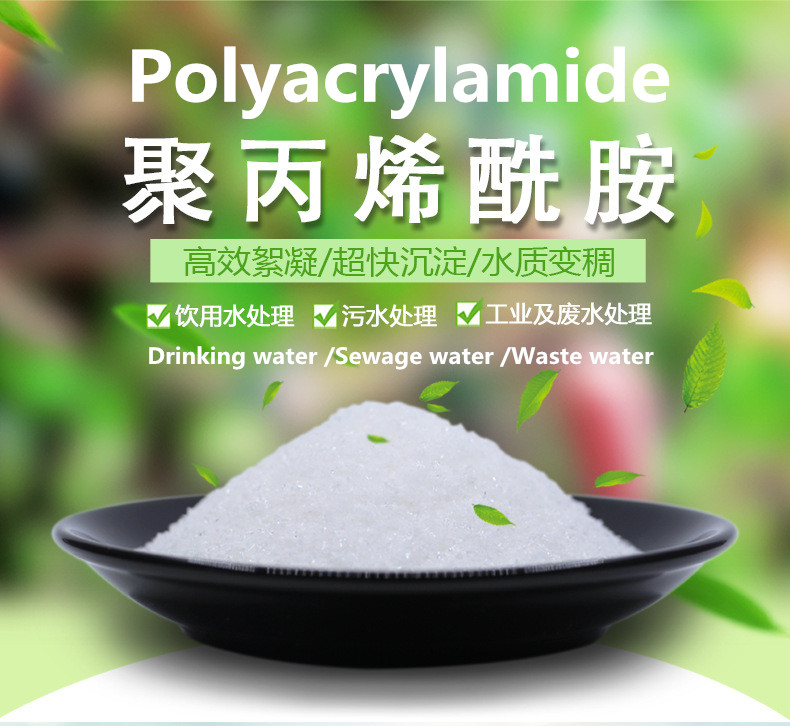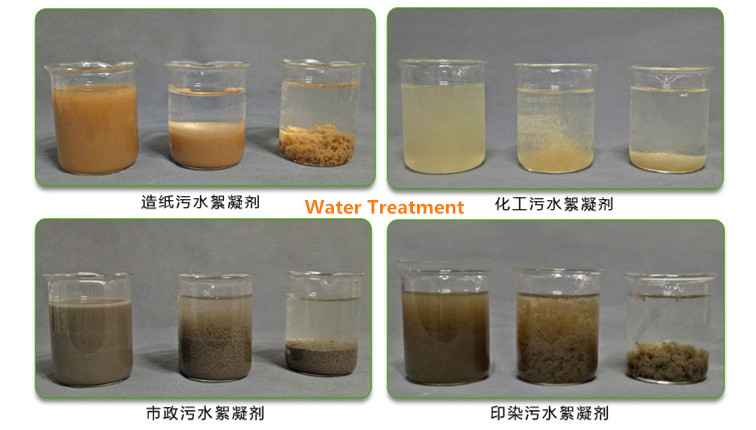The wintering of cages using fish cages has the advantages of less land occupation, easy management, and high survival rate. The technical points are as follows:
First, timely and box in the late autumn and early winter, the water temperature around 10 °C, choose sunny weather, wind and warm days and boxes. At this time, it is a box, the fish is relatively gentle, feeding is not much, the operation is convenient, the damage to the fish body is also small, does not affect the growth of the fish, and the survival rate is high in winter. ?
Second, place selection should be placed in sheltered, sunny, fresh water, high dissolved oxygen, no industrial pollution and organic wastewater into the waters placed cages. The water surface of the cage is required to be relatively spacious, with a relatively flat bottom and no obstructions. The water depth is more than 3 meters and the water level does not change much. ?
Third, the cage is selected to use six closed sinking cages as the wintering box species, specifications for the 4 meters 7 meters 2 meters. The size of the netting net is compatible with the size of the stocked fish species, and is generally 10 to 14 cm in length, with a mesh size of 2.3 to 3 cm.
Fourth, the density of cages per cubic meter cage water can be put 10 to 14 cm long over the winter fish species 3 to 5 kg. In areas where the icing period is short, 6 to 7.5 kilograms of fish can be placed per cubic meter of cage water. ?
5. The wintering fingerlings shall be stopped and fed within 2 to 3 days before the boxing operation. If the fish species are cultivated in cages, they can be divided into sizes and sub-categories. If the fish species are cultivated in ponds, they should be disinfected after shipment, and the injured and dead individuals should be singled out, screened, counted, and placed in the prepared cage according to different species. Seal the box and wait for the caisson to go winter. ?
Sixth, the cage setup is generally semi-submerged, and the cages placed in the fish species are submerged in water, leaving no surface and no bottom. For areas with winter water temperatures above 0°C, cages should be located flush with the water surface or 10 to 20 cm above the water surface for easy feeding and management. In areas with long freezing periods, cages should be located 1 to 2 meters below the ice, so that there is a water layer of about 1 meter between the cage and the ice. ?
Seven, winter management should regularly check the fish activity. When the amount of dissolved oxygen in the water around the tank is less than 3 mg/l, holes should be drilled on the ice to increase the dissolved oxygen content of the ice water. In sunny days when the water temperature is not very low, the fish species will also feed. At this time, some high-protein concentrates should be properly fed to increase the out-of-the-box rate of overwintering species. If fish is found to be ill, it should be treated promptly. And pay attention to check whether the cage is damaged, remove the debris on the surface of the water near the cage, toggle the net to shake off attachments and keep the mesh open.
VIII. Time to get out of the box In the spring of the following year, the ice melts. When the water temperature rises above 10°C, the activity of the fish begins to increase. At this time, the cage should be pulled up from the water, and the overwintering fish should be sent out after the number of points. They are kept in adult fish ponds or ponds; they are then washed in over-winter cages, dried, stored in ventilated and dry places, or used to grow fish.
Polyacrylamide is a kind of high molecular polymer. It is widely used for industry like water treatment, paper, oil, coal, mine, textile, construction, etc.


Polyacrylamide Gel Electrophoresis,Anionic Polyacrylamide,Polyacrylamide Crystals,Polyacrylamide Polymer,Sds Polyacrylamide Gel Electrophoresis
Shandong Tiancheng Chemical Co., Ltd. , https://www.tianchengchemical.com